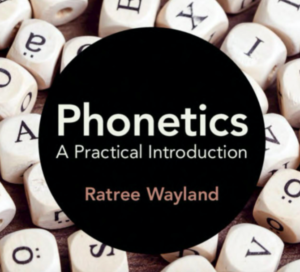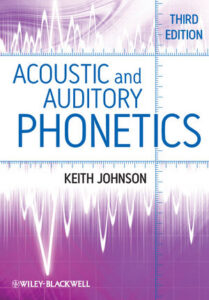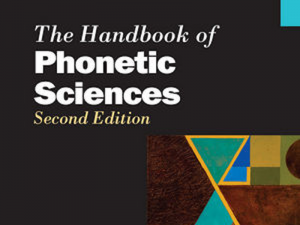An overview of the background and maths behind linear-prediction methods for modelling the vocal tract as a filter.
Schaedler – Seeing Circles, Sines and Signals
A very nice concise primer on the basic components of digital signal processing with great visual demonstrations.
Wayland (Phonetics) – Chapter 1 – Speech Articulation: Manner and Place
A concise introduction to articulatory phonetics
Jurafsky & Martin (3rd Ed) – Hidden Markov models
An overview of Hidden Markov Models, the Viterbi algorithm, and the Baum-Welch algorithm
Wayland (Phonetics) – Chapter 9 – Hearing
Introduces basic concepts in human hearing – it may be useful to read the bits on decibels/loudness and the Mel and Bark scales.
Wayland (Phonetics) – Chapter 5 – Phonemic and Morphophonemic Analysis
An introduction to the concept of phonemes, allophones and some common phonological alternations.
Plag (2003) – Word formation in English: Chapter 1 Basic Concepts
An introductory text of word structure/morphology in English. Useful to read if you come from a non-linguistic background.
Johnson (Phonetics) – Chapter 6.1 – Tube models of vowel production
Deriving the resonances and formant structures of vowels using 2 and 3 tube models of the vocal tract.
Wayland (Phonetics) – Chapter 8 – Acoustic Properties of Vowels and Consonants
An overview of the properties of vowels and consonants
Johnson (Phonetics) – Chapter 2 – The Acoustic Theory of Speech Production: Deriving Schwa
Derives the acoustic features of the vocal tract in terms of the source-filter model
Handbook of phonetic sciences – Ch 20 – Intro to Signal Processing for Speech (Sections 6-7)
Written for a non-technical audience, this gently introduces some key concepts in speech signal processing. Read sections 6-7.
Handbook of phonetic sciences – Ch 20 – Intro to Signal Processing for Speech (Sections 1-5)
Written for a non-technical audience, this gently introduces some key concepts in speech signal processing. Read sections 1-5 (up to and including ‘Fourier Analysis’).





